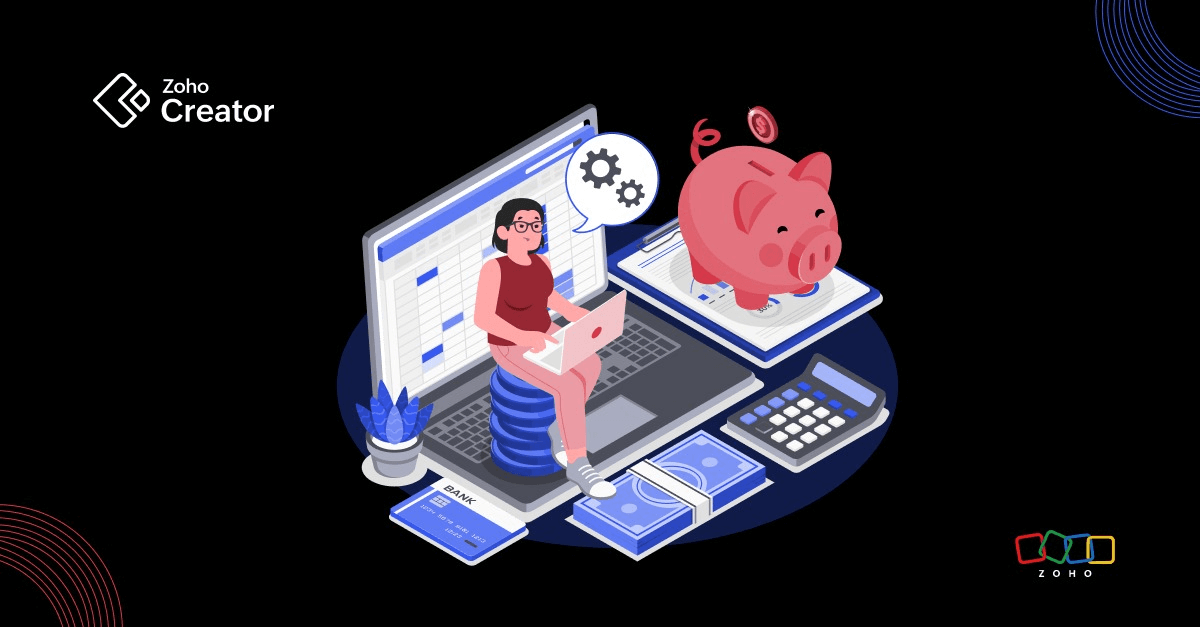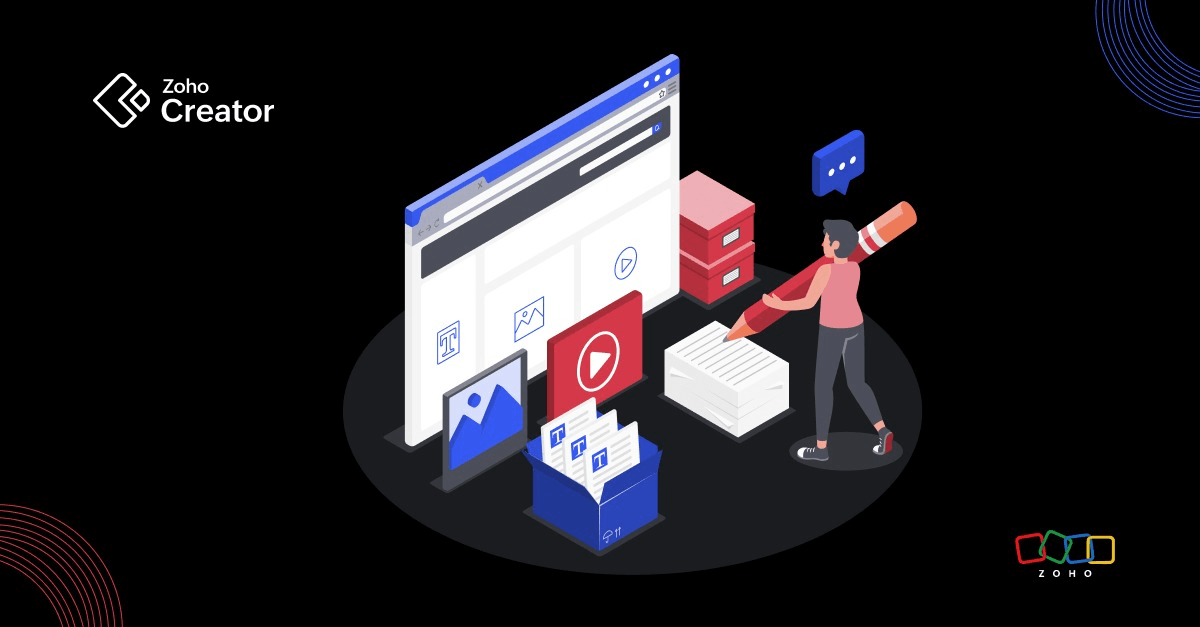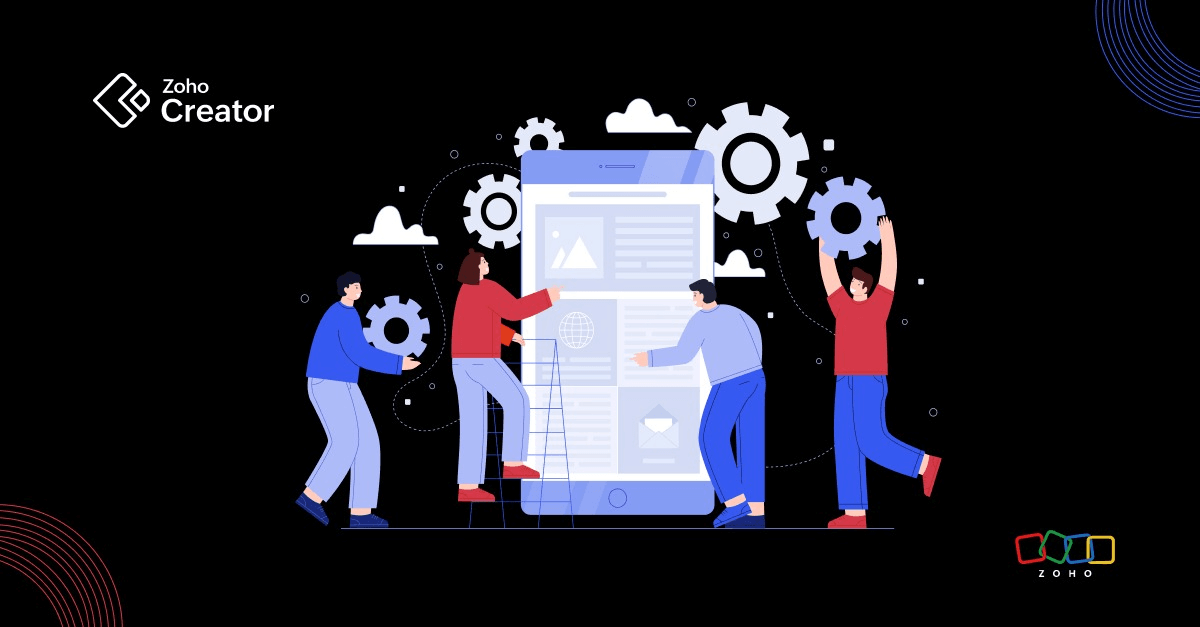- HOME
- Know Your Tech
- How APIs work on a low-code platform
How APIs work on a low-code platform
- Last Updated : April 20, 2023
- 911 Views
- 6 Min Read
APIs are the building blocks of today's increasingly interconnected digital ecosystems. While they started off as simply a means to pass data between systems, APIs have become a key element driving innovative new products and services in the market. They're also a significant source of new revenue for enterprises, as they expose core business capabilities and make them available to the market to leverage while building new solutions.
For example, banks can expose data in relation to accounts or credit scores via APIs, which is leveraged by new-age fintech applications to deliver innovative services to customers. These banks will subsequently have an API monetization strategy in place that charges these apps based on the number of API calls made. And, similarly, organizations in different industries today are identifying and exposing business capabilities to allow the creation of new upstream and downstream services that generate new revenue channels in the process.
As businesses work to roll out new applications, both internal and external, that offer improved experiences, the need to build and integrate APIs also scales up proportionately. Given how low-code platforms have managed to transform the app development process, it's worth exploring if the same can be said for APIs.
You can look at APIs on a low-code platform in 2 different ways:
Integrating APIs on a low-code platform
Creating APIs on a low-code platform
Thankfully, both these tasks are simplified to a great extent by low-code platforms. So let’s take a look at how it works.
Integrating APIs on a low-code platform
While APIs simplify adding new capabilities to your apps, the process of actually integrating APIs generally requires more technical know-how. However, because it's expected that nontechnical users will be working on application development on low-code platforms, API integration has been kept quick and easy.
Like all development on low-code platforms, large chunks of integration code are condensed into a simplified series of configurations. The API integration process is abstracted into a set of guided steps where users need to input basic information around what they want an API to do, play around with the configurations they want, and the integration is completed in a few clicks.
Most low-code platforms have a series of prebuilt API integrations to choose from, as well as the ability to create custom integrations.
Prebuilt APIs
Every low-code platform has a list of prebuilt APIs for a range of popular applications that developers can choose from and integrate with the app that they're building. These usually include APIs for popular CRMs, ERPs, payment gateways, Google Suite, social media sign-ons, invoicing/bookkeeping applications, external databases, and more. The integration process usually involves a simple form interface, where a few clicks and authorizations are all you need for your app to work seamlessly with a third-party application.
Custom integrations
This allows you to integrate your app, built on a low-code platform, with any third-party application, even if the platform doesn’t have a prebuilt solution. These usually include your proprietary or internal applications, legacy databases, and more. Once again, low-code platforms will eliminate the more technical aspects of API integration, like writing authentication code, parsing logic, etc. With a series of well-defined steps, you can simply input information on the integration you want and how you want it to function, and the platform will do the rest.
While custom API integrations on low-code platforms might still need some developer intervention, it takes markedly less time than it would with traditional development.
Creating APIs on a low-code platform
API integration is a key aspect for any new app being built; it brings in new features, functionalities, and required data from different endpoints. However, once the app is built, it should also be able to connect and share data with other applications when required. So your application built on a low-code platform should have APIs that can be leveraged by other applications.
Besides that, most organizations today have adopted an API-first strategy, which requires all internal and external system connections to be API-based. Whether it’s exposing valuable business capabilities to create new revenue channels, or simply pulling data from different departments to create reporting dashboards, all system connections are done via APIs. And this is why creating APIs itself has become a major undertaking within enterprises.
Traditionally, skilled IT teams would build REST APIs from the ground up on the programming frameworks of their choice—knowing how to code, host, and maintain APIs on their own. And this is arguably the best approach if you have the bandwidth and the time for it. But, given the pace of digital transformation and the need to roll out new applications quickly, having a faster way to build APIs is a great investment. And, as with application development, low-code platforms also simplify the process of building APIs.
Here’s a basic breakdown of how it works:
Low-code platforms typically offer a visual design framework to create APIs.
As we saw with the API integration process, the API creation process is also condensed into a series of easy-to-understand steps and configurable properties.
Setting and adjusting these properties based on your requirements is enough to implement complex coded processes at the backend for API creation.
A basic understanding of data structures is necessary to effectively work on API creation, but all backend processes of data input and consumption are managed by the low-code platform.
Users can also configure their APIs to work with different available plugins, to create tailor-made APIs to suit business requirements.
Besides easy API creation, low-code platforms can also simplify API hosting. With traditional API deployment, you need to manage a hosting environment, which comes with its own set of concerns and costs. In contrast, some low-code platforms offer an application server to host your application and the APIs built on the platform. This saves your IT team the hassle of hosting and managing new APIs on an internal environment.
Given the criticality of being API-first, and considering the high cost of hiring a skilled team to build and manage APIs, low-code platforms emerge as a very cost-effective solution. As they offer a faster way to build APIs with teams that have basic technology expertise, it's a sensible investment for businesses.
When it comes down to it, APIs are here to stay, and almost all businesses today are somewhere on the API maturity scale. They're either starting out on an API-first digital transformation journey, consolidating their place in the digital ecosystem with strategic plans around APIs, or somewhere in between.
In such a scenario, the ability to easily build, host, and manage APIs is a distinct advantage. Yes, enterprise-grade API productization and monetization needs a highly skilled team and dedicated technology solutions. But for businesses just starting on the API journey, looking to free up development teams from working on internal or low priority APIs, or fast-required but low-value APIs, can definitely benefit from a low-code platform.
Zoho Creator and low-code application development
Conceived and launched nearly a decade and a half ago, Zoho Creator was an early entrant in the low-code space, and continues to be a strong innovator. Creator has evolved to cover you across the entire application development lifecycle, from data management, architecture, and modeling to deployment and performance management, all without a single line of code, if you’d prefer!
With over 60+ prebuilt applications catering to several industry sectors and business functions, you have a time-tested framework and custom apps to get a jump start with. Creator’s intuitive drag-and-drop interface makes customization and app building a breeze, while its easy-to-learn and user-friendly programming language lets you configure advanced automation, establish deep integrations with third party systems, and infinitely customize your applications!
 Divesh Sood
Divesh SoodDiv can usually be found reading a book, and that book will more likely than not be a psychological thriller. He always enjoys creating content - be it a poster, video or a blog. When not absorbed in the latest gripping page-turner, Divesh loves cooking, sings very badly, enjoys spending his time petting cats, and otherwise spends far too much time at the computer. He lives in India, with his 5 cats and 1 dog.



